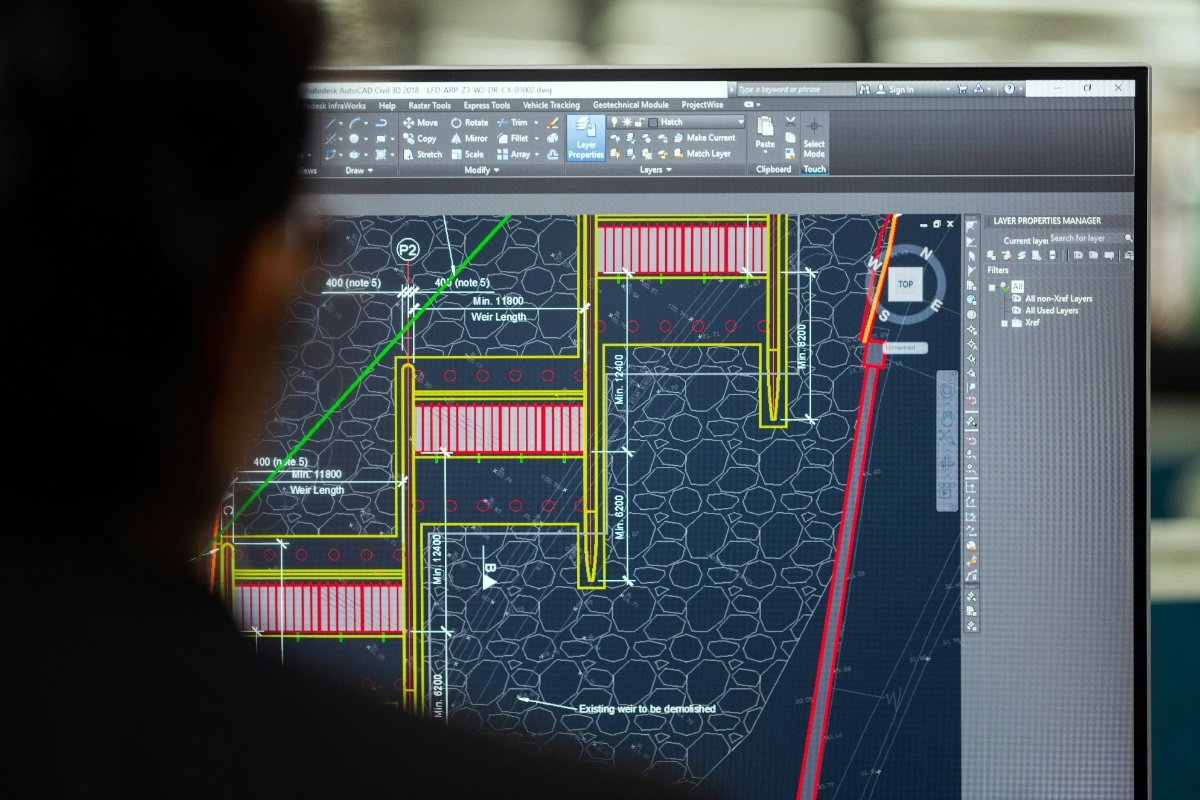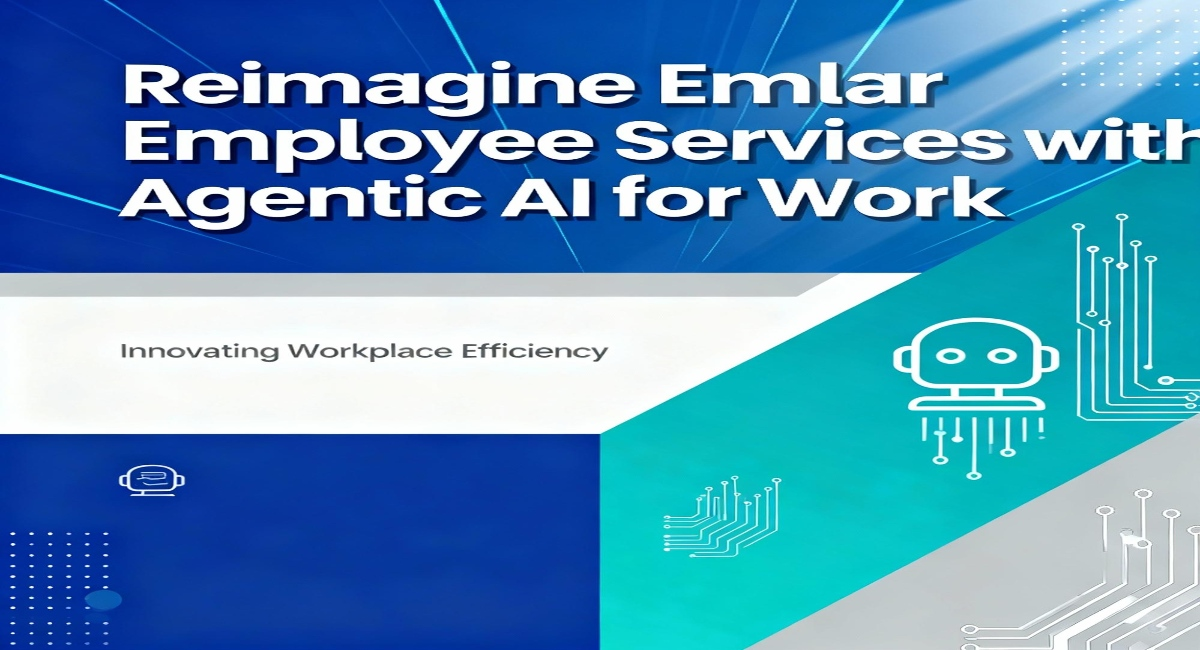
Microlearning is rapidly becoming the preferred approach for skill development in today’s fast-paced world. It offers bite-sized, focused learning modules that fit easily into busy schedules. This method enables learners to acquire new skills quickly without feeling overwhelmed by information overload. The future of skill development is undoubtedly intertwined with the microlearning approach because it emphasizes efficiency and engagement.
Microlearning breaks down complex skills into small, manageable chunks that learners can consume in short periods. These learning units typically last from a few seconds to about ten minutes. The format is highly flexible and can include videos, quizzes, infographics, or short articles. It contrasts with traditional lengthy training sessions, making learning less intimidating and more accessible.
Microlearning focuses on specific learning objectives for each module. This targeted approach improves retention by avoiding irrelevant information. It also supports on-demand learning where users can access content anytime they want. With technology advancements, microlearning is increasingly delivered via mobile devices and apps.
Because it suits short attention spans and busy lifestyles, microlearning fits perfectly with modern learners’ needs. It allows continuous learning without disrupting daily tasks. This approach also encourages learners to revisit content as needed, reinforcing skill mastery over time.
Microlearning helps learners stay motivated by offering quick wins and immediate applicability. When learners complete small lessons regularly, they experience a sense of progress and accomplishment. This boosts engagement and encourages consistent learning habits.
This method also supports personalized learning paths by allowing users to choose topics relevant to their current needs. It reduces time spent on irrelevant content, focusing instead on what matters most for skill growth. Learners can access specific skills exactly when they need them in real-world situations.
Another key advantage is cost-effectiveness for organizations. Delivering microlearning modules digitally reduces expenses compared to traditional classroom training. Companies can update content rapidly to stay aligned with industry changes, keeping employees’ skills relevant and competitive.
Technology plays a crucial role in microlearning’s success by enabling flexible delivery and interactivity. Learning management systems (LMS) and mobile apps provide easy access to content anytime, anywhere. This mobility allows learners to use spare moments productively, such as during commutes or breaks.
Interactive formats like quizzes, gamification, and videos keep learners engaged and enhance knowledge retention. Artificial intelligence also personalizes learning experiences by recommending modules based on progress and preferences. This tailored approach makes skill development more effective.
Cloud-based platforms make it simple to update and distribute new content quickly. Organizations can respond instantly to emerging skill demands or regulatory requirements. The combination of technology and microlearning empowers learners and trainers alike to achieve better results efficiently.
Traditional learning methods often involve lengthy courses that require significant time commitments and may overwhelm learners. In contrast, microlearning delivers content in short bursts that are easy to digest and apply immediately. This reduces cognitive overload and improves focus.
While traditional training might cover many topics superficially, microlearning emphasizes depth on specific skills. Learners can revisit modules multiple times for reinforcement, unlike one-time classroom sessions. Microlearning also supports continuous learning rather than one-off events.
However, traditional methods may still be useful for foundational knowledge or complex skills needing comprehensive coverage. The future likely involves blending microlearning with other approaches to create hybrid models that maximize learning outcomes.
Businesses increasingly use microlearning to train employees efficiently and keep skills up to date. Short modules allow training to fit around busy workdays without requiring time off or travel. This flexibility leads to higher completion rates and better skill application.
Microlearning supports just-in-time learning by providing specific knowledge when employees face new challenges. This immediacy improves performance and reduces errors. Companies can also track progress and skill gaps through analytics, allowing targeted interventions.
Furthermore, microlearning fosters a culture of continuous improvement and lifelong learning. It encourages employees to take charge of their development and stay agile amid changing industry demands. Organizations benefit from a more skilled and adaptable workforce.
Soft skills like communication, leadership, and teamwork are vital but often hard to teach in traditional formats. Microlearning offers practical scenarios and bite-sized tips that learners can absorb and practice gradually.
Short role-playing videos or simulations can help learners develop emotional intelligence and conflict resolution skills. Interactive content encourages reflection and self-assessment, making soft skills training more engaging and effective.
By integrating soft skills microlearning into daily routines, individuals improve interpersonal abilities over time. This incremental growth supports better workplace relationships and overall career success.
Mobile devices are perfect platforms for microlearning, allowing learning anytime and anywhere. Mobile apps deliver notifications and reminders that keep learners engaged and prompt regular study habits.
Touchscreens and multimedia capabilities enrich content presentation, making learning more interactive and enjoyable. Learners can pause, rewind, or skip sections, tailoring the experience to their pace.
Mobile learning supports on-the-go access, helping busy professionals fit skill development into fragmented schedules. This convenience makes microlearning a natural fit for modern lifestyles and work environments.
In today’s rapidly evolving job market, lifelong learning is essential to stay competitive. Microlearning supports continuous skill development by making learning easy and accessible throughout life.
Learners can update knowledge quickly to adapt to new technologies or career changes. This ongoing learning habit promotes personal growth and resilience in a changing world.
Microlearning fosters curiosity and self-directed learning by encouraging exploration of new topics in small, manageable doses. It transforms skill development from a one-time event into a lifelong journey.
Despite many advantages, implementing microlearning can pose challenges. Designing effective micro-content requires careful planning to ensure each module delivers clear value. Poorly designed content can confuse learners or dilute key messages.
Some learners may prefer traditional formats or need more comprehensive instruction for complex skills. Ensuring a blend of methods that suit different learning styles is important for success.
Organizations also need the right technology infrastructure and support for seamless delivery. Tracking and assessing microlearning outcomes can be difficult without robust analytics tools. Addressing these challenges ensures the best results from microlearning initiatives.
The future of microlearning will see deeper integration of AI and machine learning to personalize content further. Advanced analytics will provide richer insights into learning behaviors and skill progress.
Virtual and augmented reality could offer immersive microlearning experiences, especially for hands-on or technical skills. Social learning features may increase collaboration and peer support.
Microlearning will continue expanding beyond corporate training to education, healthcare, and other sectors. Its adaptability and effectiveness ensure it remains central to skill development strategies worldwide.
Starting microlearning initiatives involves identifying specific skills or knowledge gaps to address. Focus on creating small, focused learning units that are easy to consume and apply.
Choose appropriate technology platforms such as mobile apps or LMS with microlearning support. Engage learners with interactive and multimedia content to boost retention and motivation.
Regularly review and update content based on learner feedback and changing skill needs. Promote a culture that values continuous learning and encourages frequent skill refreshment.
Microlearning is transforming how skills are developed by offering flexible, engaging, and efficient learning experiences. It aligns perfectly with modern learners’ preferences and busy lifestyles.
Organizations and individuals embracing microlearning will benefit from faster skill acquisition and improved performance. Its future integration with technology and personalization will further enhance learning outcomes.
By adopting microlearning, we can foster a culture of lifelong learning that empowers people to grow and succeed in a rapidly changing world.
This post has been published by the admin of our website, responsible for content management, quality checks, and providing valuable information to our users.






